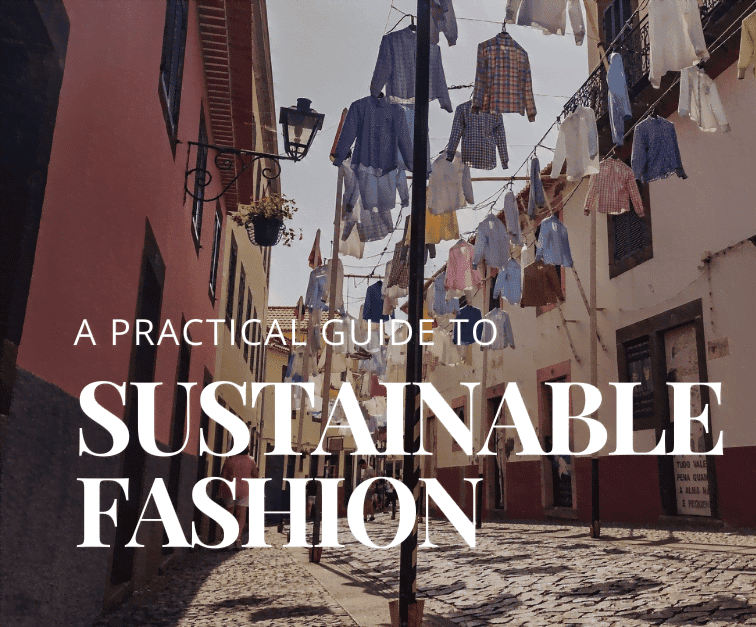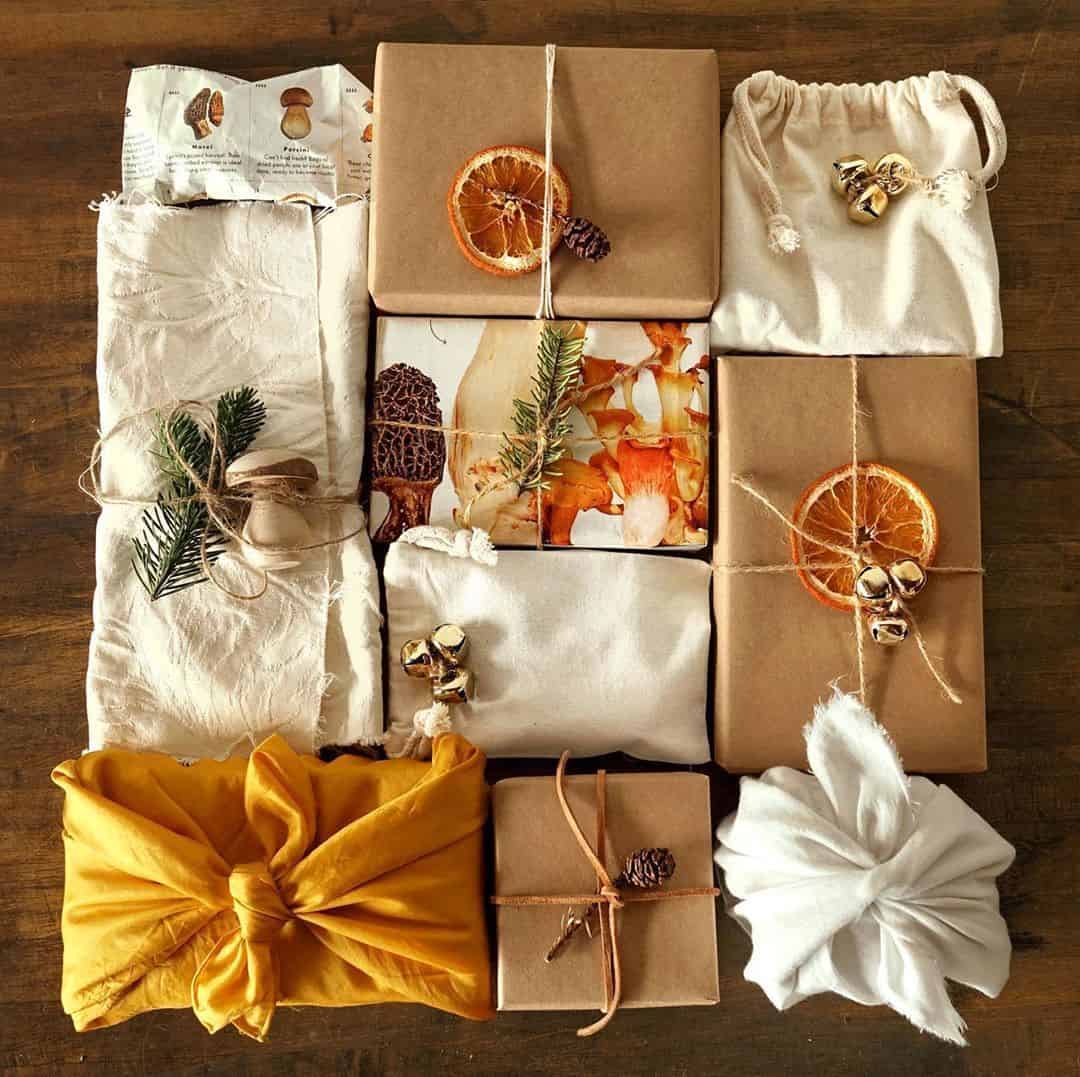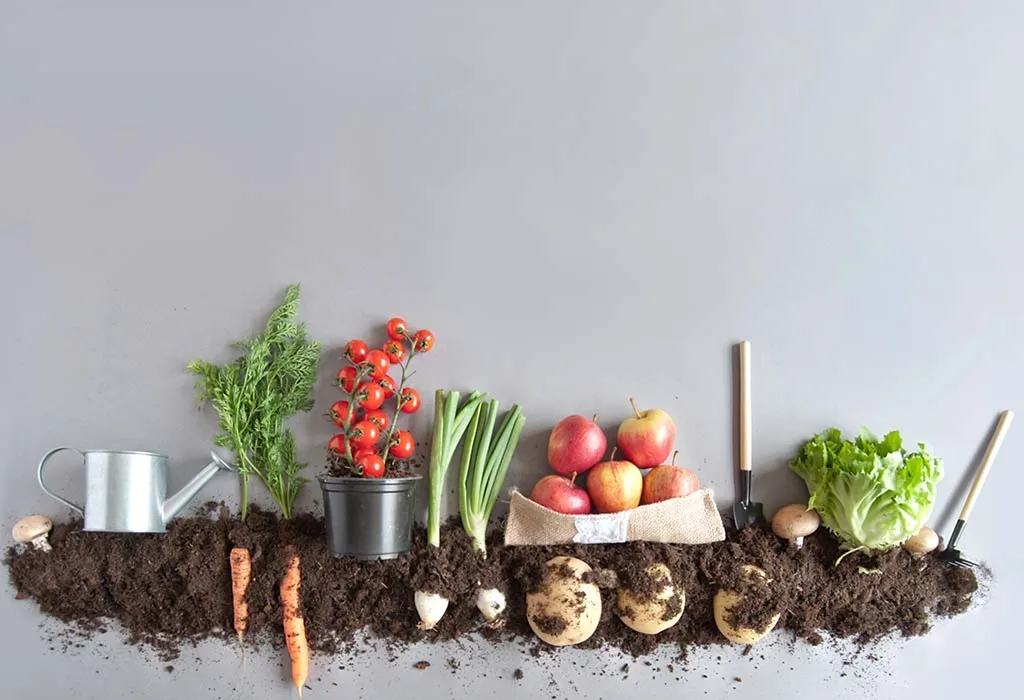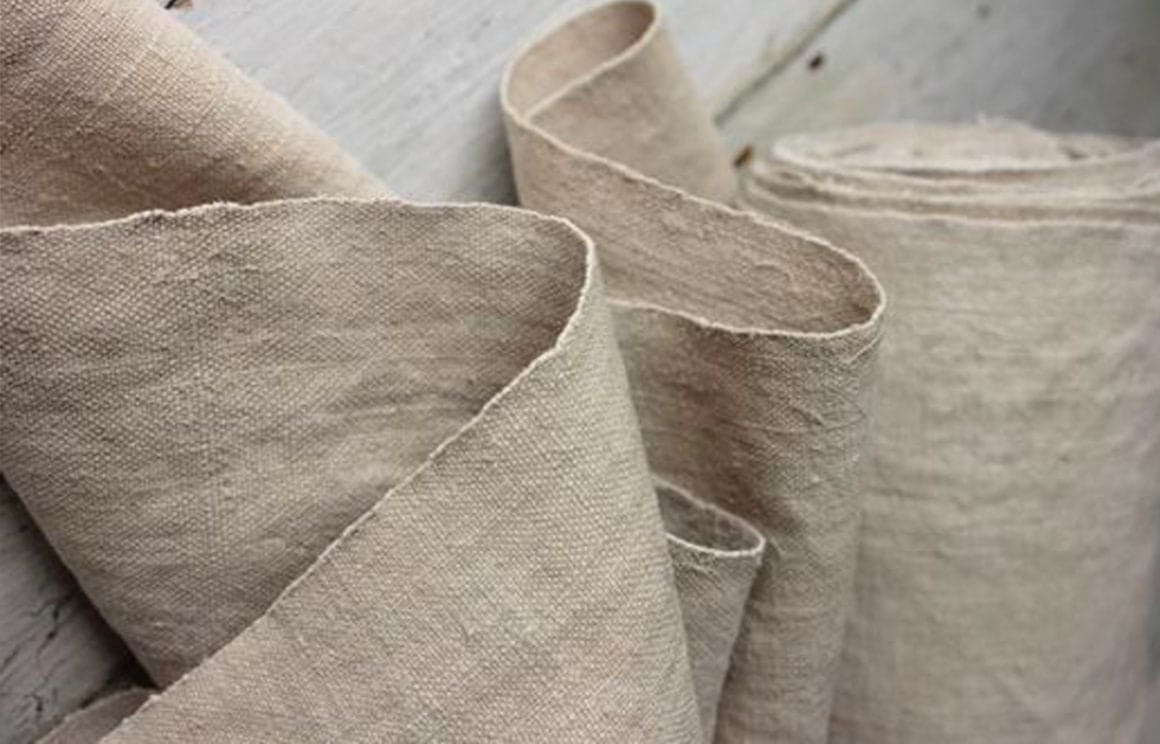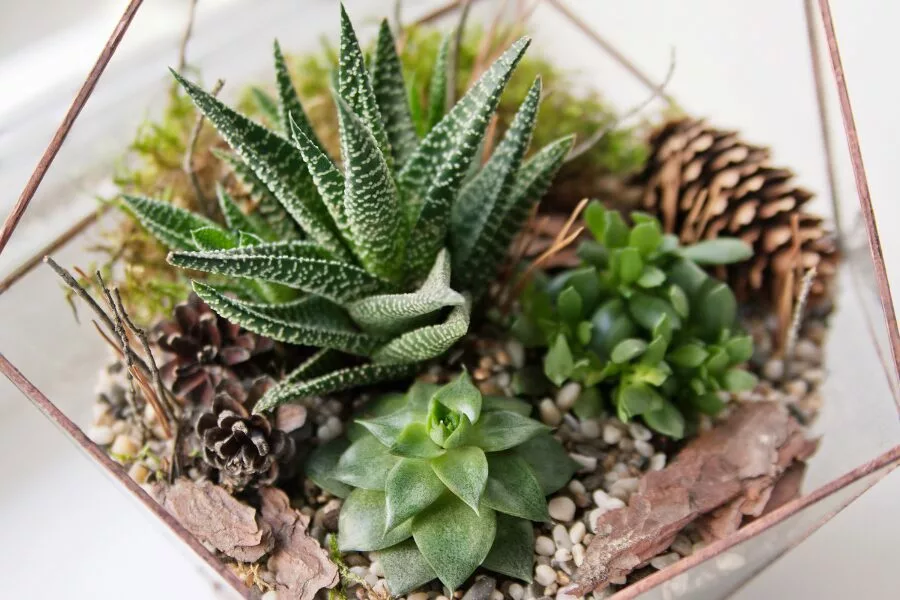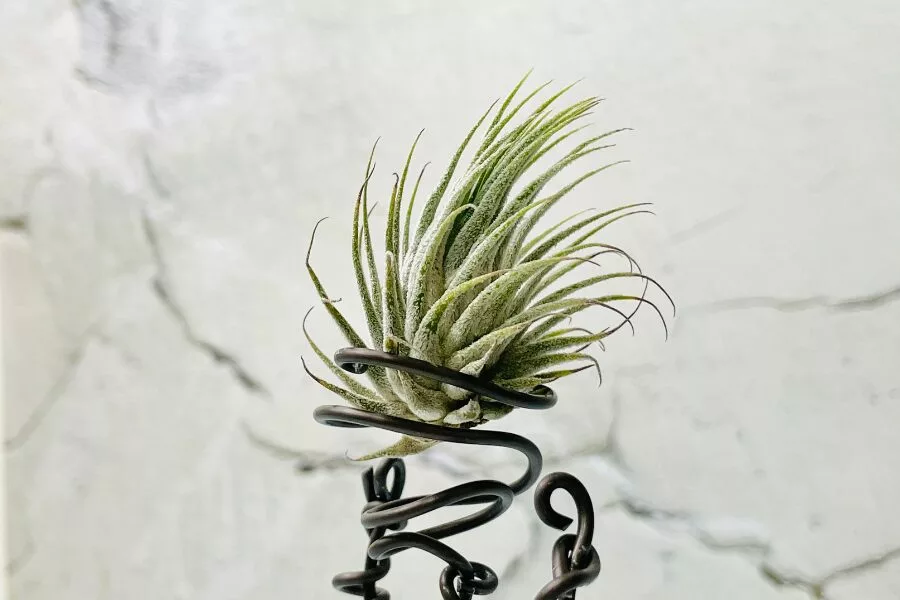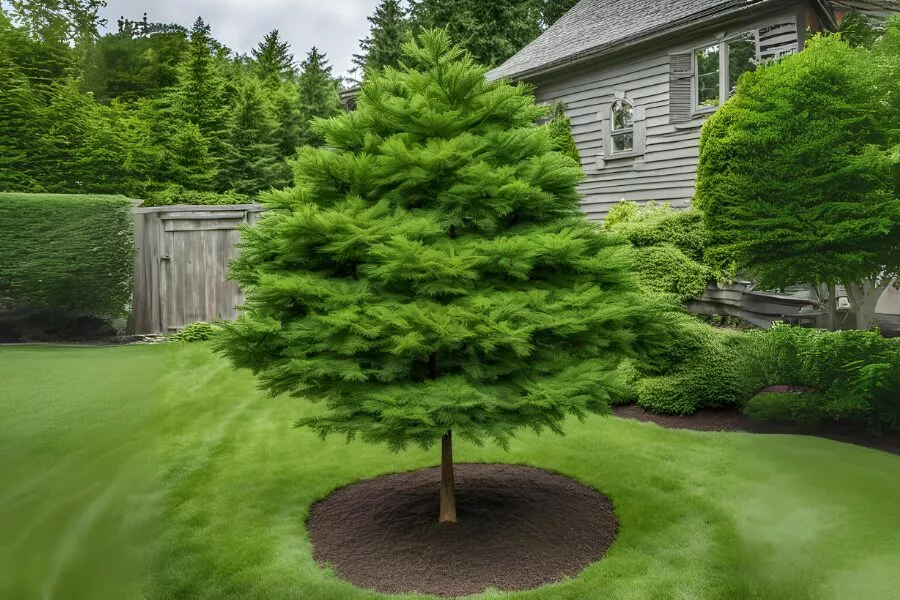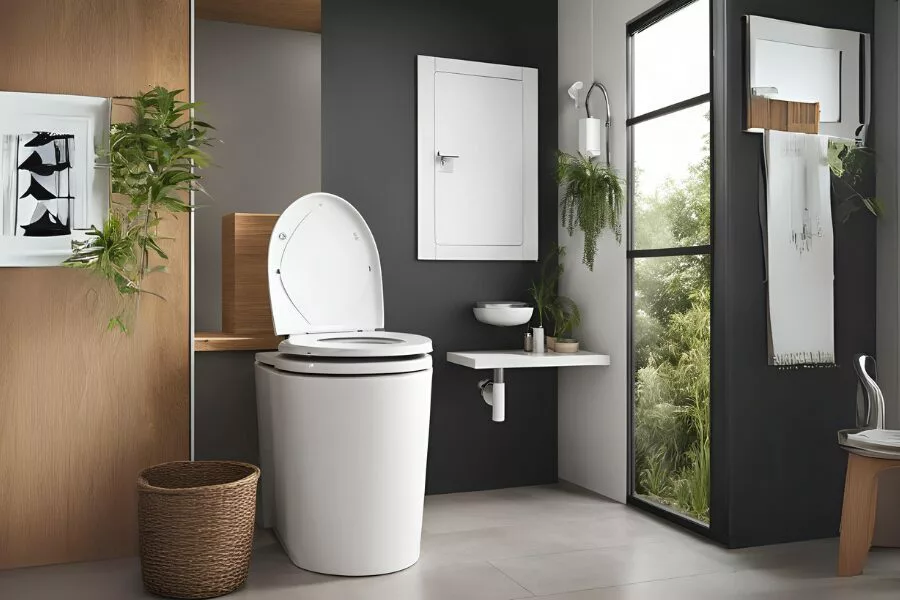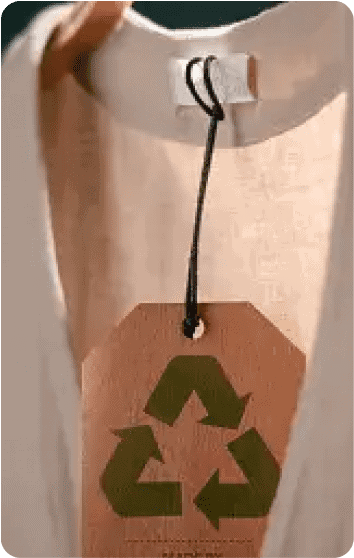Did you know that a wooden cutting board can last between 5 to 10 years in your kitchen, while a plastic cutting board often needs to be replaced every year? This means that every time you invest in a plastic board, you’re not just spending money; you’re contributing to a cycle of waste that harms our planet.
Moreover, plastic or bamboo? When it comes to cutting board bamboo, this decision carries more weight than you might realize. Consider this: over 300 million tons of plastic are produced annually, with a mere 9% finding its way to recycling bins. Your kitchen’s plastic cutting board is part of this staggering waste problem.
While plastic and traditional wooden boards have long been kitchen staples, bamboo cutting boards are stepping into the spotlight. As awareness grows about microplastics and the environmental toll of plastic products, more and more people are seeking eco-friendly alternatives for their kitchens.
Bamboo chopping boards are not only eco-friendly, they also offer durability and a beautiful natural aesthetic that can enhance any kitchen. By choosing a bamboo chopping board, you’re making a decision that benefits your finances, your health, and the planet.
In this article, we’ll dive into the advantages of using wood bamboo cutting boards, explore their environmental benefits, and recommend some top brands that offer high-quality options.
Unlock Your Savings with Exclusive Offer Coupons
Save big while shopping for sustainable products! Grab your exclusive coupons today!

Why Swap to Bamboo Cutting Boards?
Plastic cutting boards are often made from low-quality materials that can leach harmful chemicals into your food. When these boards wear down, they can release microplastics, which can then enter our food chain.
In contrast, bamboo chopping boards are made from a renewable resource that grows quickly and can be harvested without killing the plant. Bamboo is technically a grass, and it can grow back in just a few years, making it a sustainable choice compared to traditional hardwoods that take decades to mature.
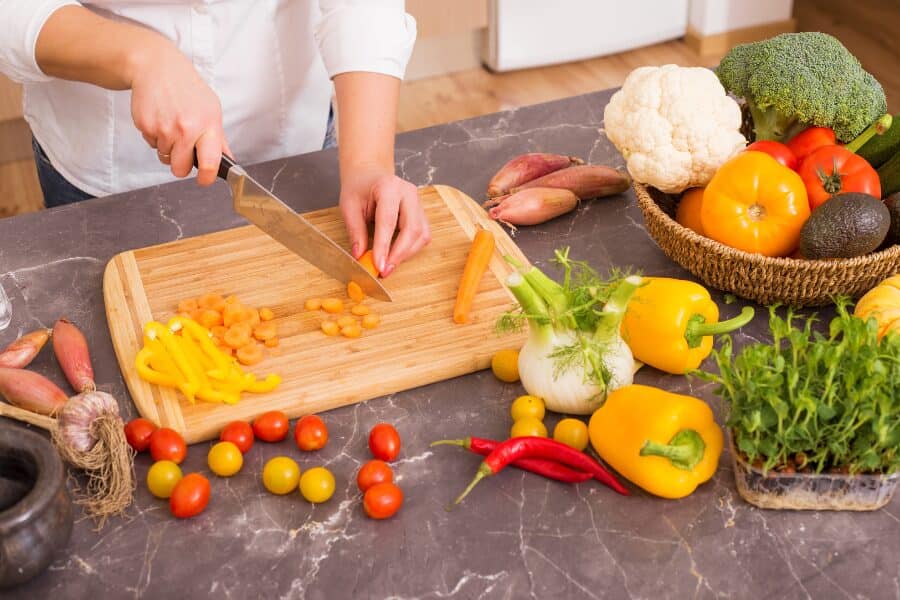
Moreover, switching to bamboo serving boards can help mitigate plastic waste issues. By choosing bamboo, you are opting for a biodegradable and compostable product. When a bamboo chopping board reaches the end of its life, it can break down naturally without leaving harmful residues, unlike plastic boards that persist in landfills for hundreds of years.
Wooden cutting boards also offer durability and aesthetic appeal. They are often more visually pleasing than plastic boards, adding a touch of natural beauty to your kitchen. Isn’t it a beautiful solution?
Key Benefits of Bamboo Cutting Boards
Let’s learn how they contribute to an eco-friendly kitchen, their durability, antibacterial properties, and ease of maintenance compared to plastic options.
Sustainability of Wooden Cutting Boards
Bamboo is one of the fastest-growing plants on the planet, capable of growing up to 3 feet in just one day. This rapid growth rate means that bamboo can be harvested sustainably without depleting natural resources. Unlike traditional hardwoods, which can take decades to mature, bamboo can be harvested every 3-5 years, making it a highly renewable resource.
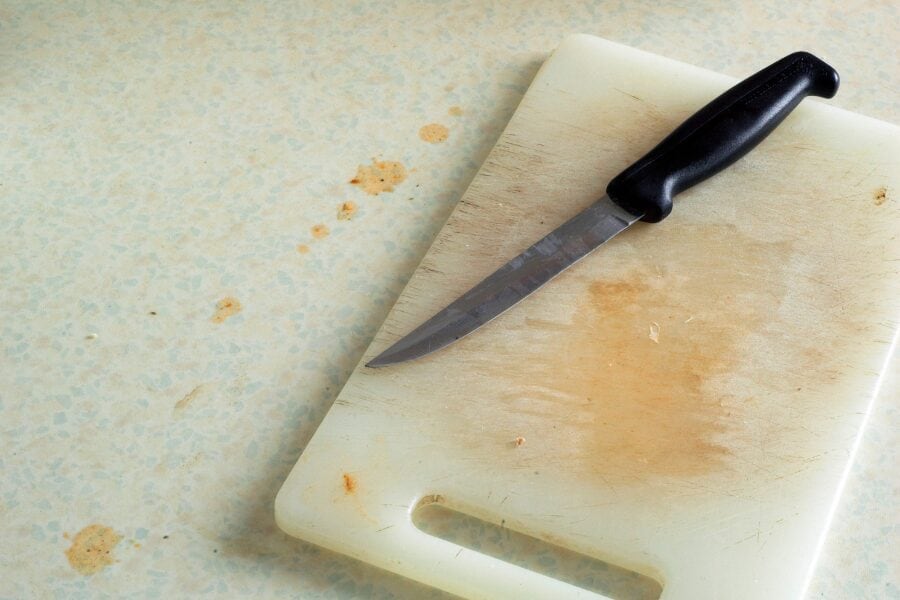
Reducing Plastic Waste
Plastic cutting boards contribute significantly to environmental pollution. In the U.S. alone, over 1 million plastic bottles are purchased every minute, and a staggering 91% of plastic is never recycled. This results in approximately 14 million tons of plastic entering the oceans annually, which harms marine life and ecosystems.
Durability
Bamboo is incredibly durable and resistant to scratches and cuts, making it an excellent choice for daily use. Bamboo’s density makes it less prone to gouging and scratching, preserving the integrity of your knives and the surface of the board.
In fact, studies have shown that bamboo boards are more resistant to knife marks than many hardwood boards, making them a practical choice for everyday use.
Antibacterial Properties
Bamboo naturally resists bacteria, making organic bamboo vegetable chopping boards a healthier option for food prep. Bamboo’s antimicrobial properties are due to the presence of bamboo kun, a natural antimicrobial agent.
Research published in Bioresource Technology found that bamboo surfaces showed significant reductions in bacterial growth, making them safer for food preparation than plastic cutting boards.
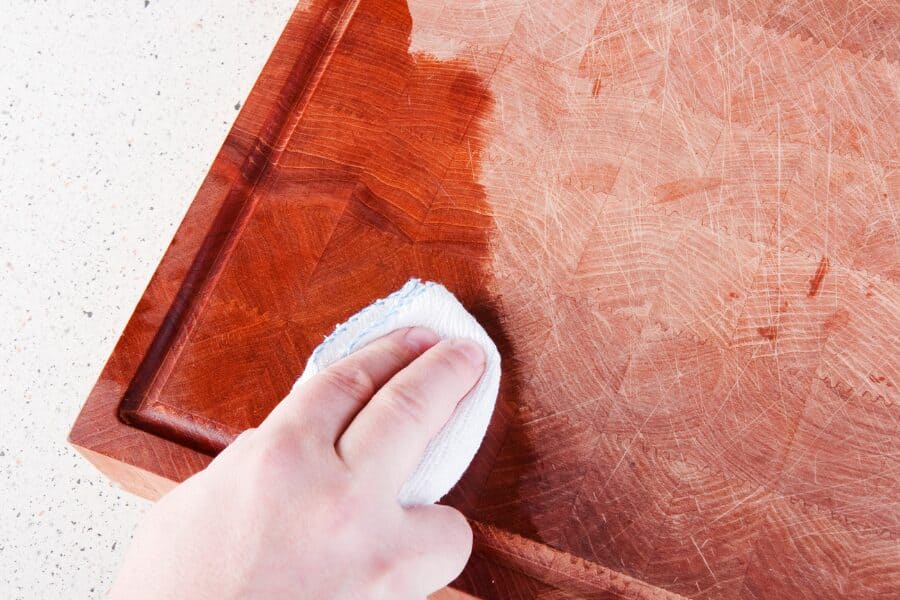
Maintenance
Organic bamboo vegetable chopping boards are easy to clean and maintain. Unlike plastic boards that can harbor bacteria in scratches, bamboo’s surface is less prone to damage, making it simpler to sanitize.
Now that you know the benefits of organic bamboo vegetable chopping boards, let’s weigh the bamboo cutting board pros and cons to give you a balanced view.
Bamboo Cutting Board: Pros and Cons
Here’s a balanced view of the pros and cons of bamboo boards to help you weigh the benefits against the drawbacks, ensuring you make an informed decision.
| Pros | Cons |
|---|---|
| Eco-friendly: Reduces plastic waste and is biodegradable | Hardness: Can be tough on knives if not cared for properly. |
| Durability: Long-lasting and resistant to cuts | Not Dishwasher Safe: Requires hand washing. |
| Antibacterial Properties: Naturally inhibits bacteria growth. | Requires Maintenance: Needs occasional oiling to prevent cracking. |
| Lightweight: Easy to handle and store. | Limited Resilience to Heavy Chopping: May splinter if used improperly. |
| Aesthetic Appeal: Adds a natural look to your kitchen. | Price Variation: Quality can vary widely among brands. |
| Easy Maintenance: Simple to clean and care for. |
With the pros and cons in mind, you might be wondering which brands offer the best bamboo cutting boards. In the next section, we’ll highlight top brands that provide high-quality options for organic bamboo vegetable chopping boards.
Top Bamboo Cutting Board Brands
Check out these top brands offering high-quality bamboo boards. Discover what sets these brands apart, their unique features, and why they’re highly recommended for your sustainable kitchen.
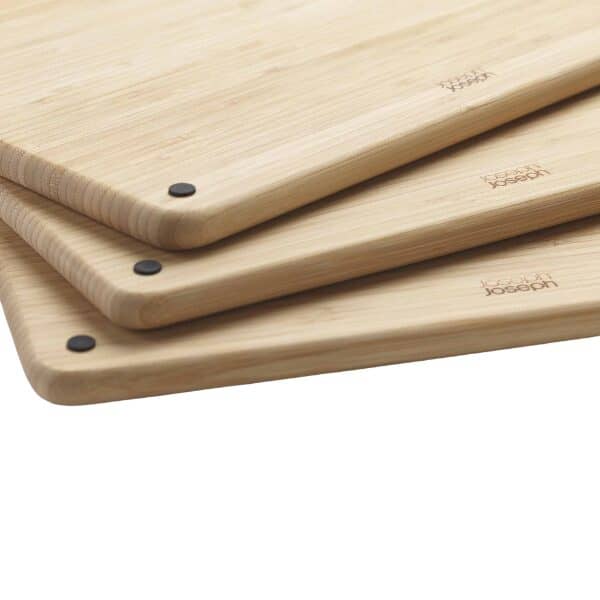
Price Range: $30 – $100
Joseph Joseph is renowned for its innovative kitchen products, including sustainable bamboo kitchen boards and bamboo serving boards that combine functionality with style. They have unique designs, like integrated handles or non-slip bases, enhancing usability. They are made from high-quality bamboo, ensuring durability. While they may be on the pricier side, many users appreciate the aesthetic appeal and the brand’s commitment to sustainability.

Price Range: $40 – $150
John Boos is a respected name in the kitchenware industry, known for producing durable and high-quality products. Their wooden cutting boards are designed for serious cooks, offering a variety of sizes and styles, including large bamboo cutting boards. Users praise their boards for longevity and ease of maintenance, although they may require occasional oiling to keep them in top condition.
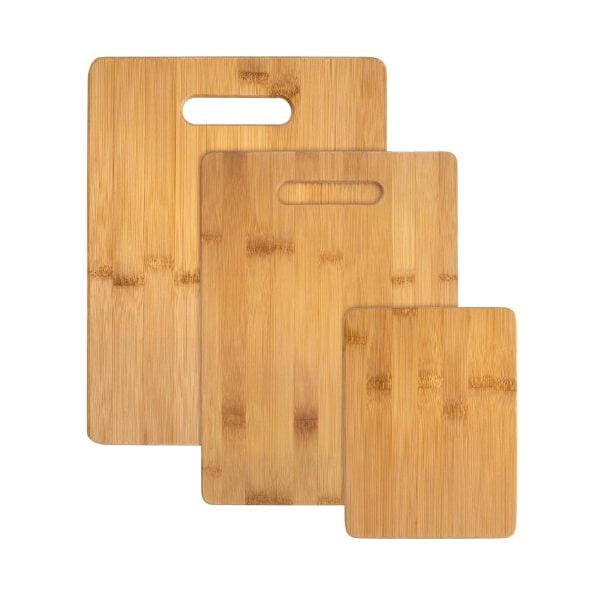
Price Range: $20 – $80
Totally Bamboo cutting boards and Totally Bamboo end grain cutting boards are crafted from sustainable bamboo and come in various sizes, including large bamboo cutting boards. They are known for their durability and beautiful designs, often featuring engraved patterns. Customers appreciate Totally Bamboo cutting board’s eco-friendly approach, as well as the aesthetic appeal of Totally Bamboo end grain cutting boards. Available on bamboo cutting board Amazon.

Price Range: $40 – $120
Sonder La offers beautifully crafted sustainable bamboo kitchen boards and handmade bamboo cutting boards that double as serving platters. Their boards are designed with both functionality and aesthetics in mind, often featuring unique shapes and finishes. Users love the artisanal quality and the ability to use them for both food prep and serving.

Price Range: $30 – $100
JK Adams is known for its craftsmanship and high-quality wooden products, including sustainable bamboo kitchen boards and handmade bamboo cutting boards. They offer a range of sizes and designs, catering to different kitchen needs. Their boards are praised for their durability and classic look, making them a staple in many kitchens.
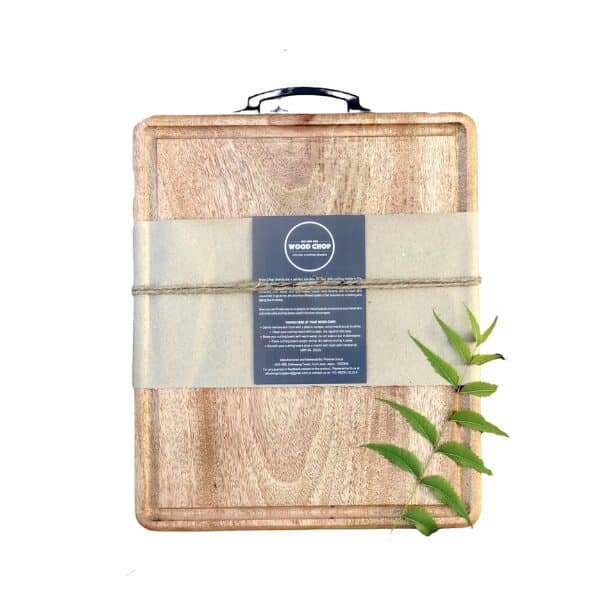
Price Range: $25 – $75
Wood Chop focuses on sustainable kitchenware, offering a variety of bamboo products like sustainable bamboo kitchen boards. Their cutting boards are designed for everyday use, combining functionality with stylish designs. Users appreciate the eco-friendly materials and the ease of maintenance.

(Non-Bamboo Alternative)
While not bamboo, Material Kitchen offers recycled plastic boards that are a good alternative to handmade bamboo cutting boards, if you’re looking for a low-maintenance option. Material Kitchen’s ReBoard is made from recycled plastic and renewable sugarcane.
Check out the recommended brands we’ve listed above. Many of these boards are available on Amazon – just search for “bamboo cutting board Amazon” to find a wide selection.
If you are wondering, how to choose the best bamboo boards or bamboo charcuterie boards for your needs. Let’s explore the factors to consider when making your choice.
How to Choose the Right Bamboo Cutting Board
Consider these factors to select the best bamboo cutting board for your kitchen:
Size and Thickness
Consider the size and thickness of the board based on your kitchen space and how you plan to use it. Large bamboo cutting boards are great for meal prep, while smaller boards like bamboo charcuterie boards can be perfect for quick tasks or serving. Whereas, larger kitchens can accommodate large bamboo cutting boards, while smaller spaces might require more compact options. Thickness also matters; thicker boards are more durable and less likely to warp.
Design and Features
Look for features like juice grooves or handles, and non-slip edges on wooden cutting boards that can make food prep easier. Some boards are designed to serve as bamboo charcuterie boards, making them versatile for entertaining.

Certification and Sustainability
The USDA BioPreferred Program certifies products made from renewable, plant-based materials. Bamboo boards that have this certification are made from 100% bio-based materials and do not contain any petroleum-based plastics.
Brands with transparent supply chains and eco-friendly practices are ideal choices for sustainable living.
Certifications for Toxin-Free and Food Safe
Some bamboo cutting board brands may have additional certifications that show their products are free of toxins, chemicals, and other substances that could contaminate food. Look for certifications like LFGB, FDA, or CNAS to ensure your board is food-safe.
User Reviews
Be sure to check for customer feedback online so you can get all the information you need, including some useful insights on durability and performance.
Now that you know how to choose the right board, let’s talk about how to take care of it. Proper care is essential for extending the life of your bamboo cutting board.
Bamboo Cutting Board Care Tips
Taking care of your bamboo cutting board is essential for maintaining its longevity and performance. Here are some comprehensive tips to help you keep your board in excellent condition.

Cleaning
- Daily Cleaning: After each use, wash your bamboo cutting board with mild soap and warm water. Use a soft sponge or cloth to avoid scratching the surface.
- Avoid Soaking: Do not soak your board in water, as this can cause warping. Instead, rinse it quickly and dry it immediately.
- Sanitizing: For added sanitation, you can periodically wipe the board with a mixture of vinegar and water (1:1 ratio) to eliminate bacteria.

Maintenance
- Oiling: Regularly oil your board with food-grade mineral oil or bamboo oil every 1-3 months. This prevents the wood from drying out and cracking. Apply a generous amount and let it soak in overnight, then wipe off the excess.
- Deep Cleaning: If your board has absorbed strong odors (like garlic or fish), sprinkle baking soda on the surface, add a few drops of water to make a paste, and scrub gently. Rinse and dry thoroughly.

Storage
- Proper Storage: Store your bamboo charcuterie boards in a dry place, away from direct sunlight, which can cause it to fade and warp. Consider using a vertical holder or a designated space in your kitchen to keep it flat.
- Avoid Heavy Items: Do not stack heavy items on top of your board, as this can lead to warping or bending over time.
In addition to basic care, there are specific practices you can adopt to prolong the life of your bamboo cutting board. Let’s see what are those now.
How to Prolong the Life of a Bamboo Cutting Board
- Regular Cleaning: Wash the board with mild soap and water after each use to prevent food buildup.
- Proper Drying: Always dry the board completely before storing it to prevent moisture retention, which can lead to mold.
- Oiling: Apply food-grade mineral oil or bamboo oil regularly to maintain moisture and prevent cracking.
- Avoid Extreme Temperatures: Keep the board away from high heat, such as stovetops or ovens, and avoid exposing it to extreme cold.
- Use Both Sides: Alternate between both sides of the cutting board to distribute wear evenly and prolong its life.
- Avoid Soaking: Do not soak the board in water for extended periods, as this can cause swelling and splitting.
Summing Up!
Switching to handmade bamboo cutting boards is a smart choice for anyone looking to make more sustainable kitchen decisions. They offer numerous advantages over plastic options, including durability, antibacterial properties, and eco-friendliness. By choosing bamboo, you are not only investing in a high-quality product but also contributing to a healthier planet.
Explore the recommended brands mentioned above to find the perfect bamboo cutting board for your kitchen. Share this article with a friend or two, and promote eco-friendly kitchen practices in your circle! Also, be sure to subscribe to our newsletter for more sustainability tips and product reviews. Make the switch to bamboo today and enjoy the benefits for years to come!
Cook up a storm, sustainably!
Subscribe for green kitchen and dining tips, plus get your free guide to eco-friendly cookware and utensils.
Frequently Asked Questions
Is bamboo good for a cutting board?
Yes, bamboo is good for cutting board bamboo because it is durable, resistant to knife scarring, and has natural antibacterial properties.
How long do cutting board bamboo last?
Bamboo cutting boards can last for several years with proper care and maintenance.
Are bamboo cutting boards more sanitary than plastic?
Bamboo cutting boards are generally considered more sanitary than plastic as they are less prone to deep cuts that can harbor bacteria.
How to wash bamboo cutting boards?
To wash organic bamboo cutting boards, use warm water and mild soap, then dry immediately and occasionally treat with food-safe mineral oil.
Are wood bamboo cutting boards environmentally friendly?
Yes, wood bamboo cutting boards are environmentally friendly because bamboo is a fast-growing, renewable resource. You can find great options for organic bamboo cutting board Amazon.




